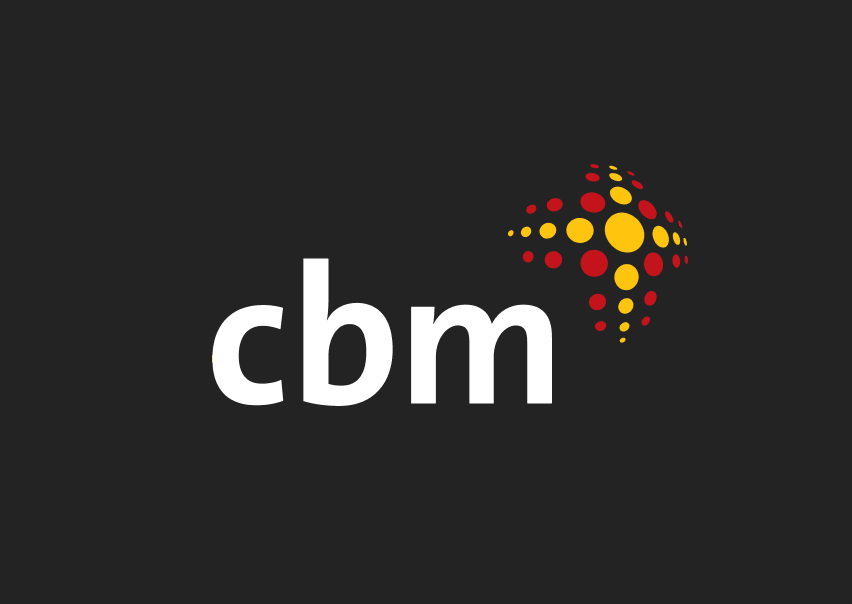Why is collecting disability data so difficult, and what should we do?
Ahp-phase-iii-program, Iag, Stories | June 17, 2024
Collecting disability data is a critical but challenging task in humanitarian efforts. This data is essential to ensure that programs like the Australian Humanitarian Partnership (AHP) Phase III effectively reach and benefit people with disabilities.
The AHP aimed for 10% of its beneficiaries to be people with disabilities, a goal which was driving progress on disability inclusion. However, translating this into reality was a complex undertaking.
The difficulties lie in the way disability is being defined and what social perceptions are connected to disability. Asking directly if a person has a disability may not give the desired result due to stigma. Observation if a person has a disability is also not reliable, as persons may have disabilities that are not directly observable.
I learned about disability inclusion practically from the training and field visit to understand how to identify people with disabilities and how to include people with disabilities as project beneficiaries.
– Dr. Shadly Benzadid Arefin, NGO Forum public health promotion officer
The AHP Phase III’s experience revealed several lessons:
- Integration of Disability Inclusion Targets: The target of having 10% of beneficiaries as people with disabilities was based on existing prevalence data. Integrating the target into Monitoring, Evaluation, Accountability, and Learning (MEAL) plans proved challenging. Consortium partners did not always report on specific indicators when these were not fully integrated into their action plans.
- Building Capacity for Data Collection: Training and accompanying front-line, technical, and MEAL staff in disability data collection is crucial. The training should focus on identifying people with disabilities using the Washington Group Questions and understanding their needs.
- Track and Analyse Data: It’s not enough to just collect data on the prevalence of disabilities. Comparable data on access to services should be integral part of progress reports. Such an analysis goes beyond mere numbers, delving into the reasons behind disparities in service access and helping tailor interventions more effectively.
Lesson Learned
To make disability inclusion a reality, training and guiding staff on disability data collection and analysis is essential, right from the start of a program. This approach ensures that interventions are designed and implemented with a true understanding of the needs and challenges faced by people with disabilities.
Discover more
This blog is part of a five-part series of insights into the lessons learned the Inclusion Advisory Group collated from the Australian Humanitarian Partnership (AHP) Phase III program.
Find out more about the program here.
https://www.cbm.org.au/iag/ahp-phase-iii-program/why-is-collecting-disability-data-so-difficult-and-what-should-we-do
Related Stories

Share your advocacy preferences with us
Thank you for helping us to advocate for the one billion people with disability globally. CBM Australia advocate across...

Advent 2025: Jesus’ way leads to fullness
The way of Jesus gives people freedom and empowers them to live out their God-given purpose. The last few weeks...

Advent 2025: Preparing the way produces fruit
John the Baptist called people to prepare for God’s presence through repentance and by producing fruit (acts of justice,...
